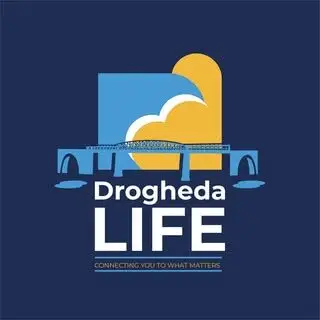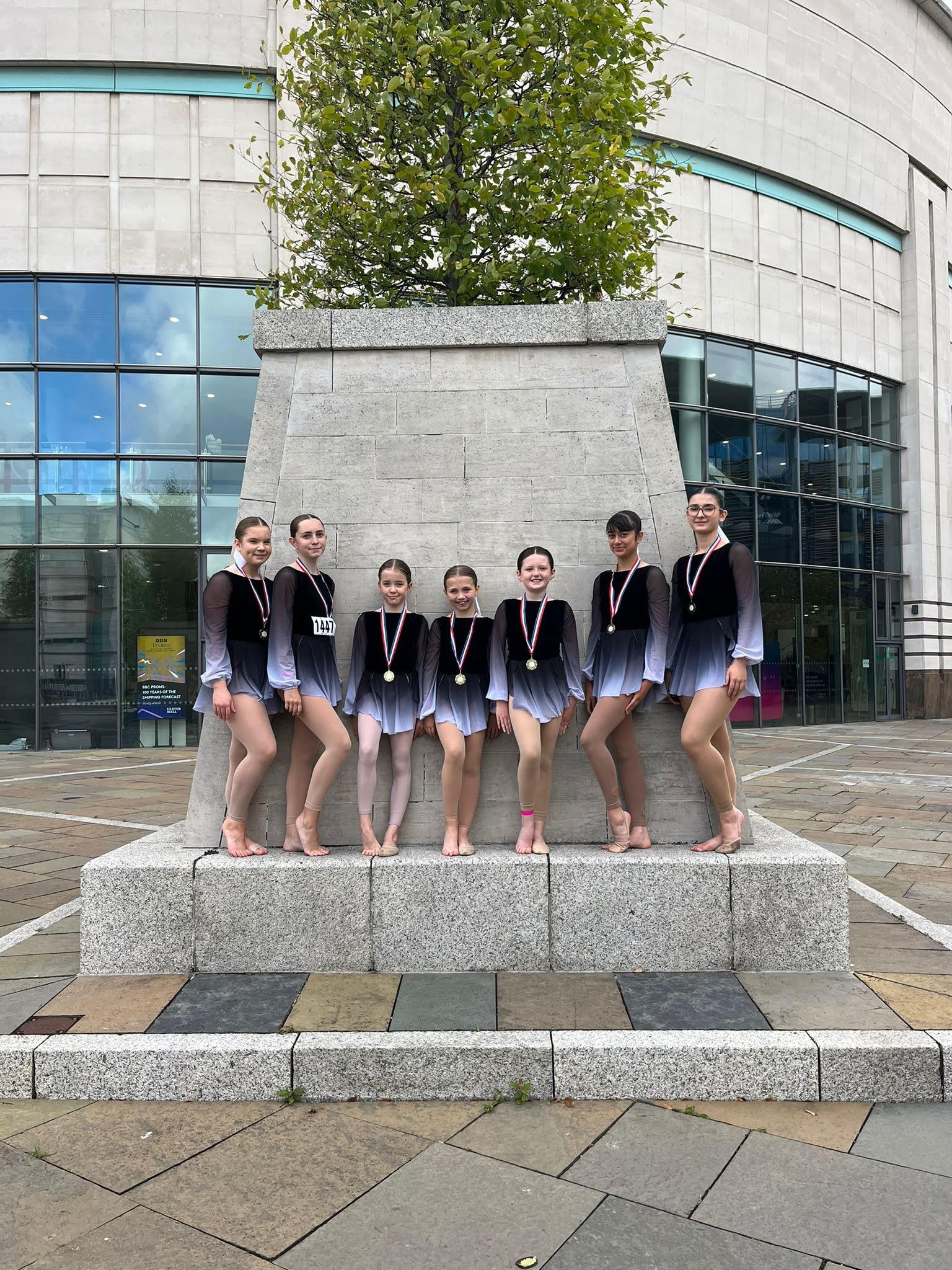By Andy Spearman
Council meetings can be dull affairs but Monday evening’s Borough Council meeting was brought to life by images of butterflies, peregrine falcons, wild flowers, frogs, newts and many other species of wildlife.
These images were from a beautiful book called ‘Other Nations’ by Drogheda man Tony Conaghy and they reveal the rich diversity of nature at, of all places, the old Cement Quarry on the North Road.
The quarry is one of three that were used by Irish Cement Ltd for half a century until 1978, and for 21 years after that as a landfill facility by Drogheda Corporation.
Since 1999 it has been unused and, because it is away from traffic and other human activity, nature has reclaimed the space so that today it is, as Tony says in his book, “…a wonderful example of how nature, when given a chance, can transform even the deepest of scars left by decades of human activity through quarrying and waste disposal into a gem of biodiversity.”
“Its continued existence is not without threats: excessive human disturbance, especially around breeding time (May/June), and habitat loss being the two main threats.
Tony joined Drogheda Tidy Towns Chair Gerry Leydon and vice Chair Eamonn Clinton in a presentation in which they outlined to Councillors and Council officials the groups’ significant progress over the last couple of years and also revealed their ambition to have the old quarry preserved as a nature reserve for the benefit of future generations.

Later in the meeting Councillor Kevin Callan, a former chair of Drogheda Tidy Towns Committee in which he is still very active, successfully moved a notice of motion to have the old cement quarry and landfill site considered for designation as a special protected area of conservation
“This area of Drogheda, now on the outskirts of the town, will one day when we are all long gone, be in the very heart of the new and much larger City of Drogheda” he said. “As the town continues to grow and with the Northern Cross route opening in the coming months, this entire block of land with extensive water features and which is rich in biodiversity could become our very own Central Park.”
“This park for Drogheda comprising possibly up to 240 acres with active travel measures on all sides, provides Drogheda with an incredible opportunity to have a space welcoming to wildlife, trees, vegetation and the people of the area” he said. “Another incredible feature is that the rock formations which form part of the old quarry walls are over 300 million years old making this a further area of interest for geology.

“I accept that there are a number of different areas owned by different people however the Council have a sizeable portion of land including the water filled quarry section. Today is about starting the effort of work being undertaken to further enhance the wildlife and flora and fauna of the area, planting trees, meadows and implementing infrastructure to encourage wildlife in greater numbers to the area.
“I am very grateful to my colleagues from Drogheda Tidy Towns for undertaking the research in the area and to Tony Conaghy in particular who has made this issue a real labour of love.
“This presentation this evening is to be welcomed as the first step in what will be a long but incredibly important road for the people of Drogheda and wildlife in the area. I wish to thank my council colleagues on council for their support and Louth County Council for agreeing to engage with Drogheda Tidy Towns in efforts to enhance the area with positive measures such as planting or trees and habitat and for the likes of adding bird boxes.

“All of these steps will go towards a day when we can have an area of protected and preserved natural habitat in the very heart of the new Drogheda that will by then have developed.”
The current Chair of Drogheda Tidy Towns, Gerry Leydon, was slightly more cautious. His priority is to protect and preserve the biodiversity at the quarry but over time to explore ways of allowing the public to enjoy it by adopting a managed and controlled process.
Tony Conaghy agreed. “Why would you risk destroying something you are trying to protect?” he asked. He too can envisage the site being of great public interest and that if it was managed properly the quarry could be opened to the public in a way that is sensitive to nature.




